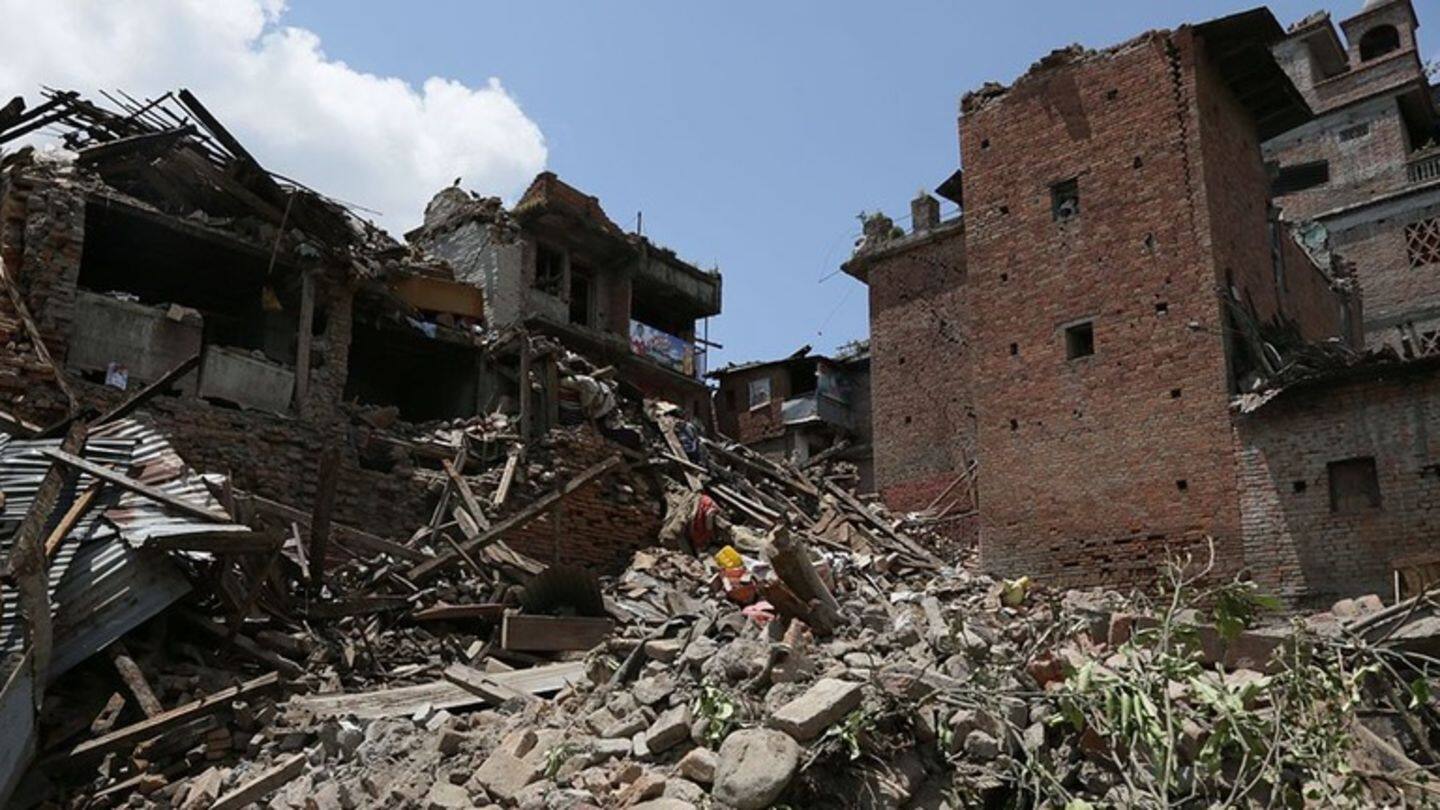
Japan: Quake toll reaches 16 as hopes fade for survivors
What's the story
Japanese rescue workers with bulldozers and sniffer dogs scrabbled through the mud Thursday to find survivors from a landslide that buried houses after a powerful quake, as the death toll rose to 16. Around 1.6 million households in the sparsely populated northern island of Hokkaido were still without power after the quake damaged a thermal plant supplying electricity to the region. Here's more.
Atsuma
26 people still unaccounted for in Atsuma town
Around 26 people are still unaccounted for in the small northern countryside town of Atsuma, where a hillside collapsed with the force of the 6.6-magnitude quake, causing deep brown scars in the landscape. "We've heard there are people still stuck under the mud, so we've been working around the clock but it's been difficult to rescue them," a Self-Defense Forces serviceman in Atsuma said.
Electricity
Power has been restored to 40% of the population
One Atsuma resident said, "It was horrendous. The land slid all the way down and I thought I would die. I thought my house would collapse." According to Hokkaido Electric, power has been restored to 1.4 million houses i.e. 40% of the population, but authorities have warned it could take as long as a week to get the service fully back to normal.
Rescue Workers
22,000 rescue workers engaged in the operation
Some 22,000 rescue workers including troops called up from the Self-Defense Forces handed out emergency water supplies and long lines formed at petrol stations and supermarkets, as people stocked up fearing further quakes. "So far there are 16 (dead) people and many people injured, with 26 still missing," Prime Minister Shinzo Abe told in a cabinet meeting to discuss the quake.
The earthquake
The country is continuously recovering from natural disasters
The earthquake, which scored the maximum on a Japanese scale measuring the power of a quake's shaking, also collapsed a handful of houses and walls in the main city of Sapporo. Considering the strength of the quake, the death toll was considered relatively light. The quake was the latest in a string of natural disasters to batter the country.
Information
The transportation facilities in Japan after the quake
Transport services were gradually coming back online with bullet trains expected to resume operations later Friday morning and the main airport in Sapporo beginning to process passengers after canceling all flights the day before.